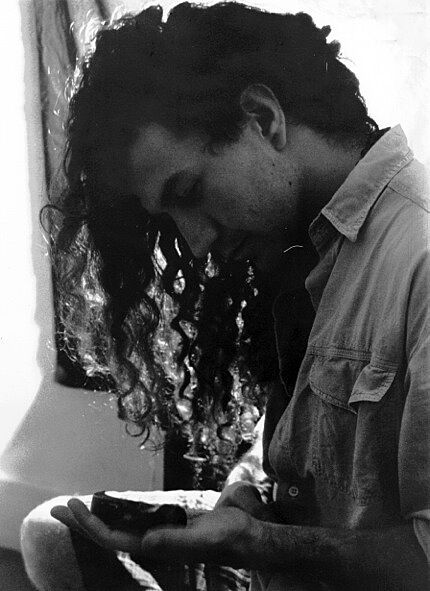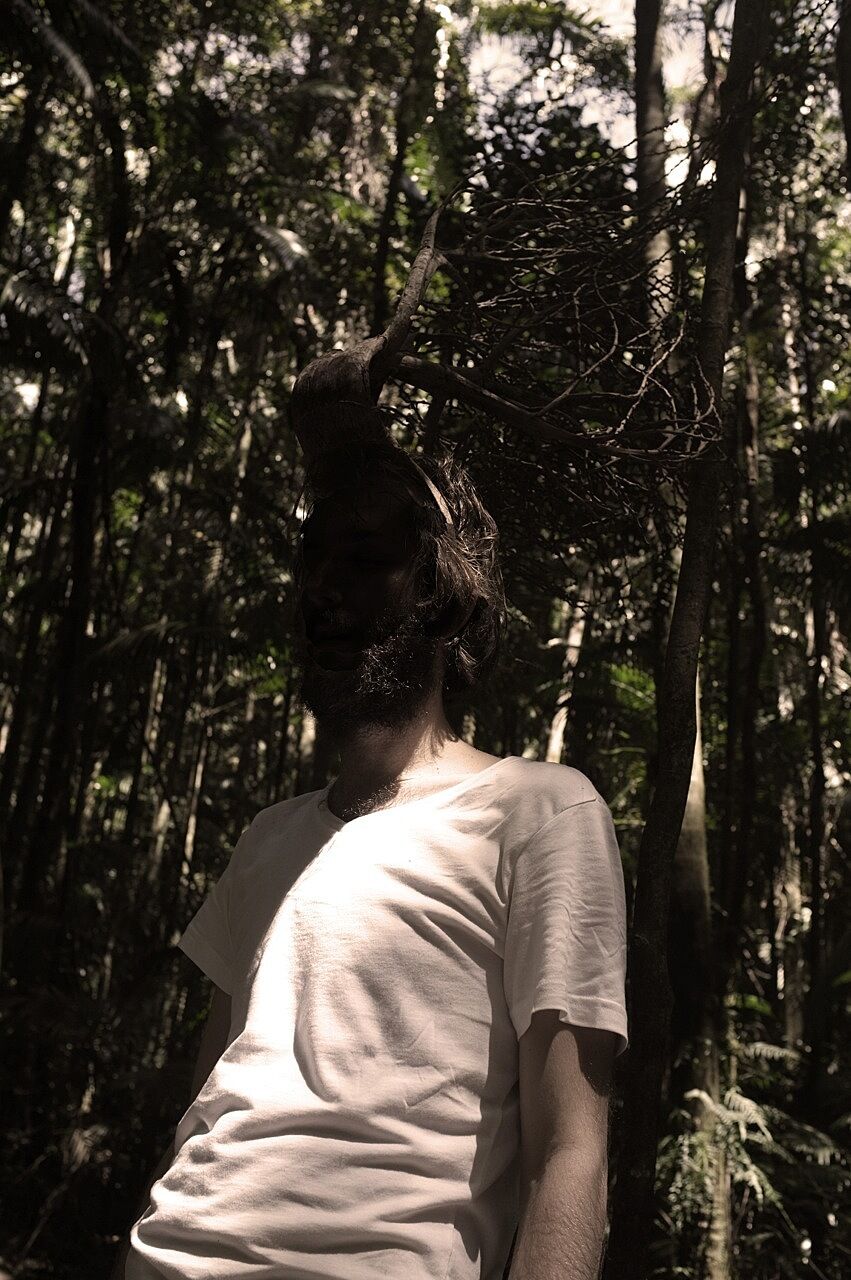Interview: Kassel Jaeger and Akira Rabelais
Sep 3, 2014
In advance of Akira Rabelais and Kassel Jaeger’s concert at the Whitney Museum on Sunday, September 14, 2014, curator Jay Sanders conducted a brief email interview. He engages with these two highly enigmatic sound artists to explore some of the particularities of their work, and potential links between their respective artistic practices.
Jay Sanders: Though you each have a strong background in the history and legacy of various forms of music, such as electro-acoustic, musique concrète, and modern composition, I sense you pushing through the conventions of these forms and staking out highly personal expressions with your works, which differentiates them from much else. I wonder what sorts of compositional questions you ask yourselves? How do you characterize the contemporary issues—compositional, cultural, even political—that are raised by working with found sounds, field recordings, original programming, and other techniques you employ in your work. What is at stake for you, at present?
Akira Rabelais: Found sounds and field recordings were contemporary issues fifty or sixty years ago. Contemporary, for me, is how to make a living as an artist working in music.
Kassel Jaeger: It's always been more about exploring sounds and unearthing unheard worlds than working with an abstract compositional structure that would dictate how it should sound. Composing with complex material (sound recordings) implies something different that people tend to forget: the fact that the inner complexity, or structure of a sound has to resonate with the outer structure that is the composition. To me, sounds are not functionalized items that will serve the purpose of a logic of order: a grid, a rhythm, or an harmonic structure. They are moments loaded with potential emotions that just need to be presented in the right way. What is the right way? The way that increases the emotional effects on the listener. Of course there are multiple ways. The way I choose while I'm listening defines my compositional process. My composition is the result of my choices as a listener.
The stakes are then always the same: placing the listening experience in the center of the composition, exploring sound territories, building a composition that doesn't obey to an abstract preliminary structure, creating the sonic landscapes of a Weltanschauung where disorder, death and the unknown are not denied.
JS: It's compelling to me that each of you has taken great care to craft aspects of your self-presentation in many different ways, notably by working under assumed names. I'm wondering how these monikers came about, or more generally, what they provide in terms of a frame or context of identity within which you can work?
KJ: I've always considered this moniker more like a project name than a proper entity with a biography, et cetera. Nevertheless, a moniker allows a self-effacement, which is what I was looking for. It's ambiguous, because it also triggers curiosity and rumors. So, it’s like a fog surrounding the musical work. It's blurry and that's fine. No one needs to know who you really are because you're never who you're meant to be.
AR: Craft in music, and the instruments I make, yes. Ultimately, it's a path of self-realization. "Moniker (n.): 1849, said to be originally a hobo term (but attested in London underclass from 1851), of uncertain origin." It’s both a nickname and my middle name. The nickname came about after the Katsuhiro Otomo manga, and my KYMA undergraduate studies in the resonant properties of building materials resulting in the torment of graduate composers who would leave angry little notes on the steel reinforced locked double doors of the electronic music lab: “It’s hard to work when the walls are shaking!” My friends found this endlessly amusing.
JS: How might you characterize the approach you take to performing live, versus that of your studio work and published recordings? As individuals, how will approach your first New York performances, both in terms of the material you will present and your live appearance with it?
KJ: Most of the time, the music I make is meant to be fixed on a media. According to that, performing live can follow two different directions: an 'acousmatic' diffusion which unfolds in space works that are already composed. Another option is to present an unpublished work in process. It's not really a work-in-progress, because a structured work is always presented. It's more like an avatar of a piece that will mutate several times until it freezes to find its final form. For this concert, I've asked to Eleonore Huisse to do an original cinematography called Sequences from a dark summer and linked it to the piece I'm currently working on since six months. It's probably one of its last mutations.
AR: Performing is more extemporaneous. I won’t know until I get there.
JS: Akira, could you speak about the use of texts in your work, particularly how the systems of language and the systems of music relate to one another? Your use of poems, text in your titles, your website, and software programming and compositional structures seem to point to a great knowledge and specific exploration of these concerns.
AR: I like words. Etymologies, secret histories. Narratives, facets ... fragments to perspective, markers, gardens, labyrinths. The instruments (tools) I make are bound between words.
JS: And Kassel, the use of very particular sound sources and sounding surfaces—their detachment or alienation from their identifiable origin and subsequent construction into another context—seems to be a compositional strategy that you have explored in a number of different ways, both materially and in terms of what the "meaning" of such a gesture can be.
KJ: Another strategy for unearthing unexplored sound territories is to create new sound territories. Synthesis can serve this purpose, but often it just defines a new border instead of breaking the existing ones and leaving them open. Sound mutation is a good way to try to explore new listening experience. The alienation from identifiable origin is the first step that leads to what Pierre Schaeffer called écoute réduite, or "reduced listening." It allows one to focus only on the sound as a formal object, and not on its origin or meaning. Again, the problem was then to work out how to use the object and put it into a musical structure. That is not my concern. Working with long, unknown sounds from nowhere is very rewarding because they already hold inside them some music. Processing sounds is therefore an efficient way to put them at a distance and force myself, as a listener, to rediscover them as new entities. My only concern is then to find the music—or maybe I should say "my" music—inside of them.
*Special thanks to Greta Hartenstein and Gregor Quack for their contributions and research.
Learn more about performance at the Whitney.


